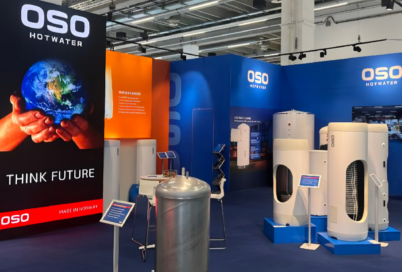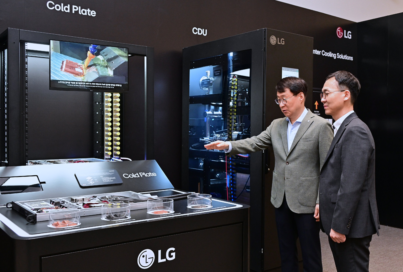[Mobility Inside] Indispensable Technology for F.U.N Driving Experiences: Display
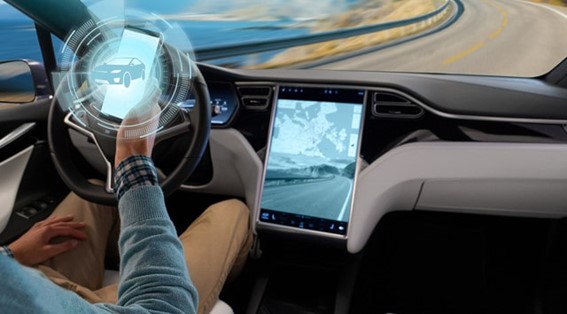
As the new era of driving closes in, automakers are focusing more on the in-vehicle experience during development, especially the automotive display – the best way to unlock greater productivity and entertainment on the road. In this episode of Mobility Inside, we’ll unearth how the automotive display trend is changing for the better.
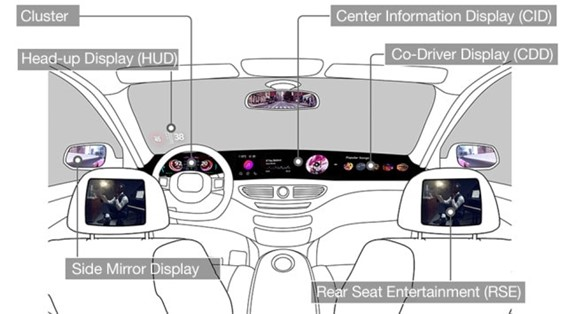
Automotive displays deliver useful information about interior and exterior conditions. They include the ‘Center Information Display’ (CID), which shows overall information, the ‘cluster,’ which displays the speedometer and engine status, and the ‘head-up display’ (HUD), which reflects information onto the windshield.
As cars become more autonomous in many features and functions, automotive display trends reshape to match new consumer demands. So, what do these futuristic dashboards do exactly?
Switching from one-way to two-way communication
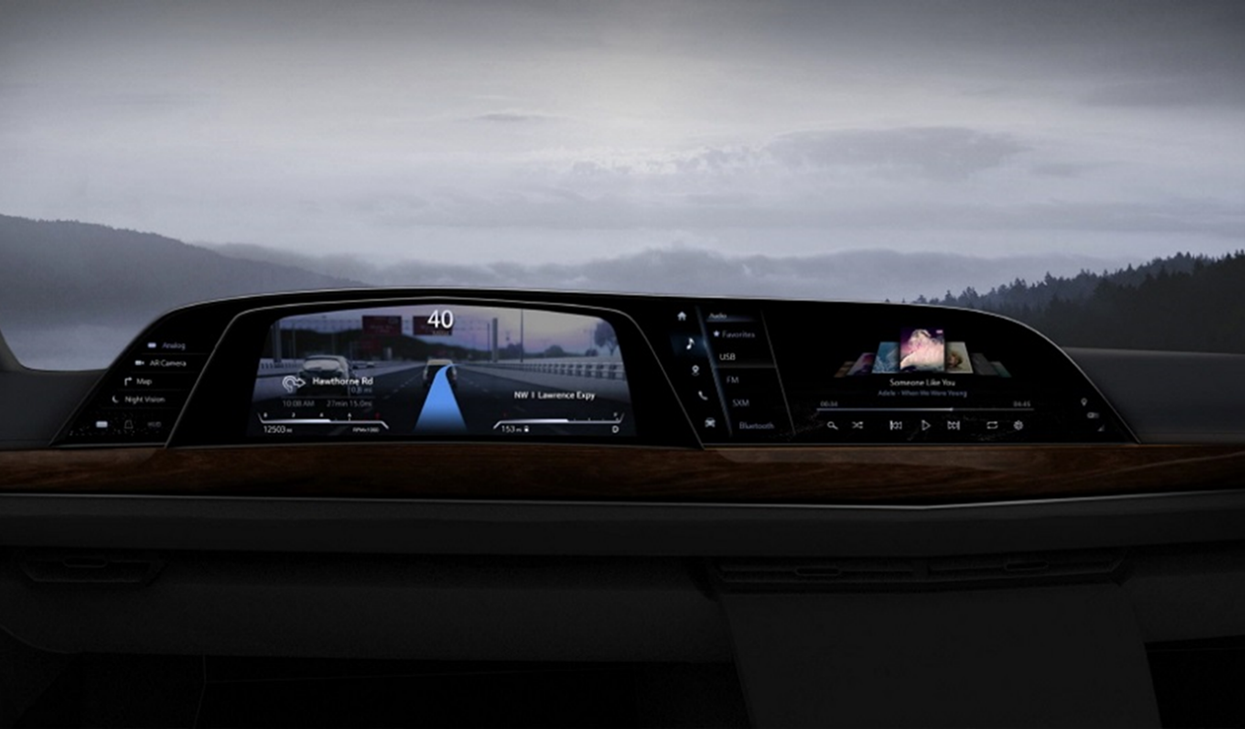
LG’s automotive display in the Cadillac Escalade
In the past, cars would simply relay the traffic information necessary for driving via one-way communication. But as automotive displays advance, the driver, the vehicle and external devices are seamlessly exchanging more and more information.
Take your navigation app as an example of this in action. After inputting your destination, the system calculates the optimal route and ranks alternate ones based on traffic, which the driver can choose between based on their preference. In addition to traffic information, the vehicle’s temperature and external environment can be expressed, and the most recent displays even support voice, facial and gesture recognition technologies. In other words, it’s the new medium between the driver, vehicle and external elements that enables constant communication.
Going beyond basic traffic information
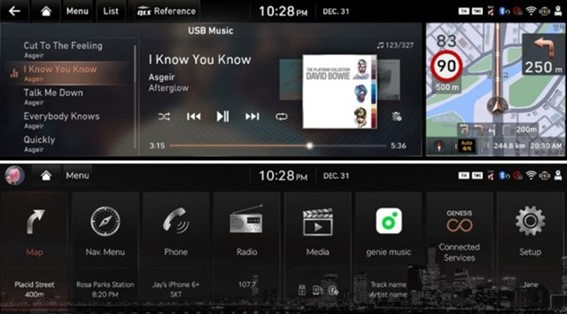
Genesis Infotainment UX Design (Photo Credit: Genesis)
In 2022, we’re spoilt by all the live information we can view as we cruise. And in the not-so-distant future, cars will automatically provide information tailored to the driver through personal profiles, which means it works for shared cars too.
Cars will soon be able to identify the driver and passengers so that it can provide information based on their age or the time of day. For instance, someone on their way to the office could receive the latest business news, current road conditions or weather forecasts, whereas a high school student in uniform may be given info on popular textbooks, nearby restaurants or the week’s hottest songs. Like smartphones, automotive displays curate information, deliver smart experiences and even provide customized information on the go.
Switching from analog to digital
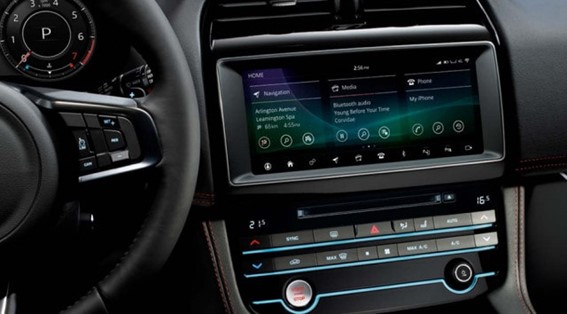
LG’s digital display on the 2020 Jaguar F-PACE (Photo Credit: Jaguar Korea)
Since people process most external information visually, the latest automotive displays are digital to make checking information at a glance easier and have fewer physical buttons courtesy of a touch interface that ensures changing settings is safer and more convenient.
Applying the high-end material to match
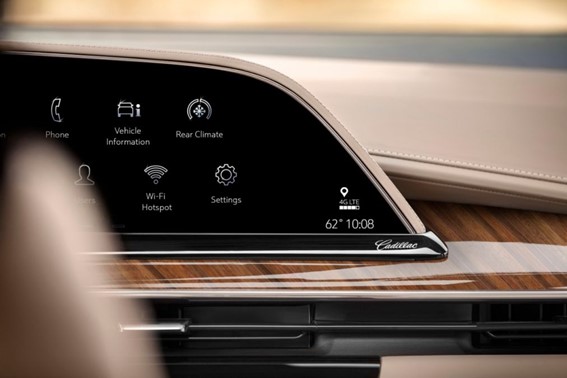
LG automotive display in the 2021 Cadillac Escalade (Photo Credit: Cadillac)
Automotive displays are quickly becoming the centerpiece of the interior, largely because they act as a personal hub for all information and devices. That’s why applying materials and form factors that meet the needs of discerning consumers is more important than ever. Automotive displays use premium, high-quality materials for the elegant look that’s now all the rage. And the future looks even more remarkable with unique form factors like Plastic OLED (POLED) and rollable displays making their way into several markets.
Switching from general information to personalized information
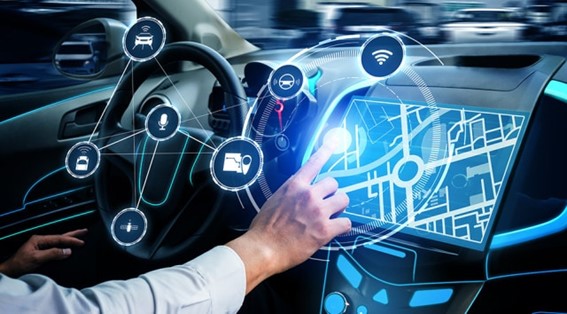
When connecting to external devices, the automotive display leverages connectivity services to open new possibilities. Unlike a decade ago when the driver had two choices – the navigation or the radio, automotive displays now offer convenient, personalized services that take convenience and entertainment to a whole new level.
Occupants can connect a smartphone to check their schedule or work while on the move, listen to music based on their unique profile, find places close by or personalize their screen with a few touches of the display. With car displays becoming an indispensable part of the driving experience, their screens are getting bigger, curvier and more flexible so that they can show more information and help create the most luxurious interiors.
CID: Connecting people to their car
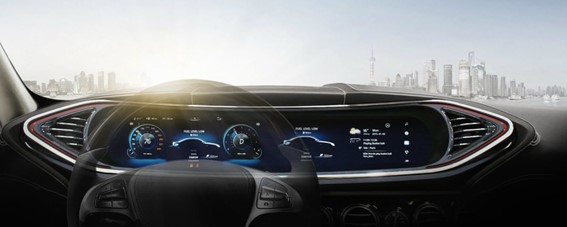
CID, the most famous among automotive displays, presents driving status info as well as entertainment to effectively serve as a Human Machine Interface (HMI). Located in the center of the vehicle, CID gives the driver and passenger access to a range of convenient features including audio, video, navigation, HVAC and Bluetooth controls, through an intuitive and simple user experience.
LG Electronics (LG) Vehicle component Solutions (VS) Company makes certain its CID is the best by staying in close communication with global premium automakers, which is why it’s now featured in several iconic vehicles – and counting.
The outstanding quality of LG’s CID has been certified by A-SPICE (Automotive Software Process Improvement and Capability dEtermination), an internationally-recognized quality certification model created by European automakers to evaluate the quality of software design, verification and management.
LG’s CID acquired A-SPICE certifications in 2016, 2019 and 2021. Its most recent certification, A-SPICE Level 2 (2021), not only proves that LG’s development process meets international standards for quality control and monitoring, but it also recognizes the company’s unparalleled development capabilities.

Moreover, LG received Excellent Vendor Awards in 2014, 2017 and 2020 for the 9.3-inch gapless curved CID used by the Renault Group, developed using proprietary technology to invent a smooth design that harmonized with the interior.
LG’s CID was also awarded the Daimler Automotive Group’s Inspiration Award in 2020, the same year its revolutionary P-OLED cockpit was awarded the coveted GM Innovation Award at General Motors’ Annual Supplier of the Year Awards.
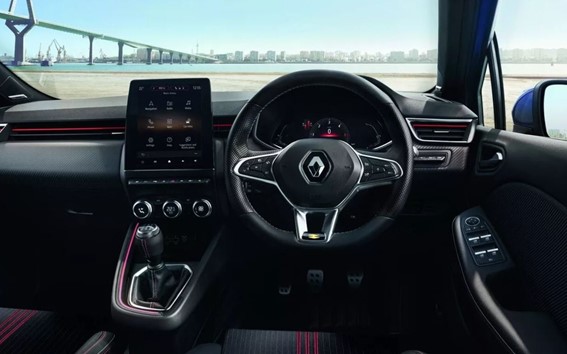
LG will continue to innovate its mobility technologies as it strives to create an HMI that connects passengers to the automobiles of the future for that next-level driving experience.
# # #
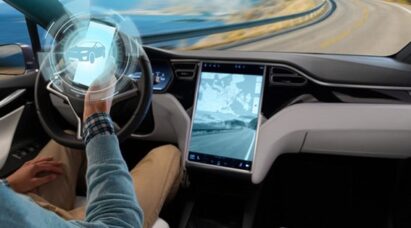
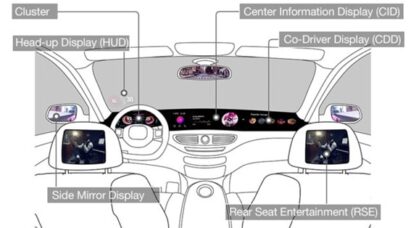
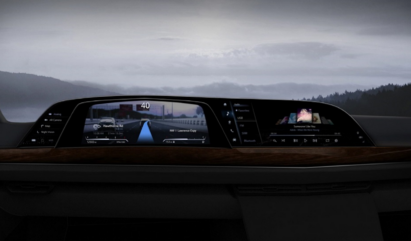
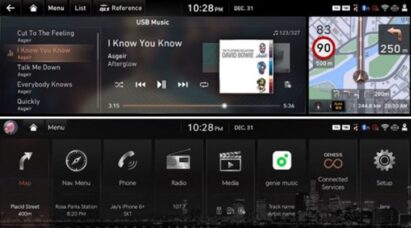
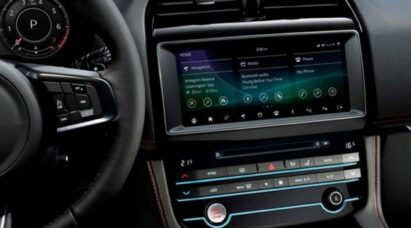
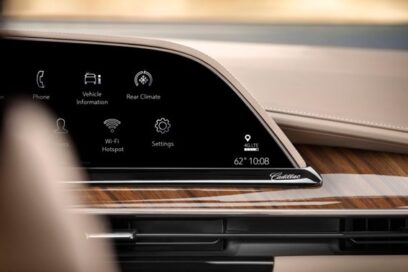
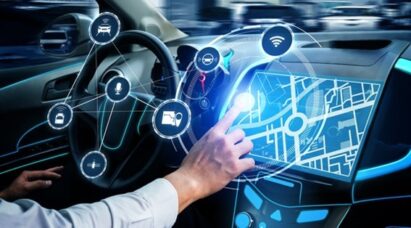
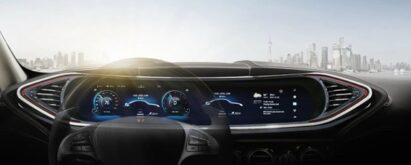

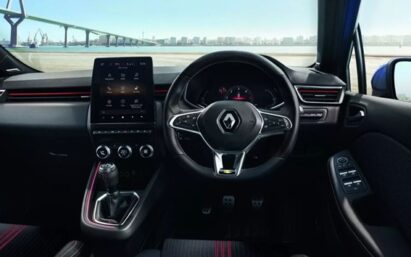
![[Mobility Inside] The Power of the Cloud in the Automotive Industry](https://www.lgnewsroom.com/wp-content/uploads/2022/10/Mobility-Inside_Cloud_fi3-401x272.png)
![[Mobility Inside] Setting Industry Standards With AUTOSAR](https://www.lgnewsroom.com/wp-content/uploads/2022/07/autosar_FI-e1662601283964-404x272.png)

